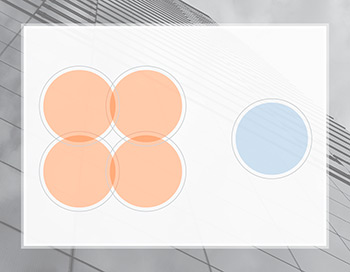Find out the major differences & the impact on your business
Sponsored by: Viewpoint Construction Software

While stand-alone solutions can offer compelling functionality, they also carry increased complexity and cost due to one overriding architectural paradigm – they are designed to work on a stand-alone basis without the ability to easily share resources with financial/job cost systems.
Stand-alone architecture leads to 4 key areas of differentiation with integrated financial/PM solutions:
- Single Database vs. Multi-database Architecture
Keeping two sets of master records up to date dramatically increases complexity and cost. This issue can be compounded further when you add estimating/bidding systems into the mix, which could result in a 3rd set of master records to be maintained. - Integration – Built-in vs. Bolted On
Stand-alone PM solutions rely on 3rd party middleware in order to “glue” the 2 solutions together. When you add the necessary middleware into the mix, you’ve now gone from a 1 vendor to a 3 vendor solution. This middleware increases cost, complexity and the potential for finger pointing between 3 vendors when the integration breaks. - Reporting – Which Solution Owns the Data – Financial or PM?
Delivering timely, accurate reporting to all stakeholders (executives, PMs, field, etc.) is critical to delivering successful projects. Consider what will give you the full picture and ensure that data is accurate and up to date. - IT Security & Administration – Know the Full Picture
Whichever option you choose, your IT group, or a 3rd party will have to ensure that your software products meet acceptable standards for security, release management and support.
Want to know more? Get the full story here: Integrated Vs. Standalone e Book

